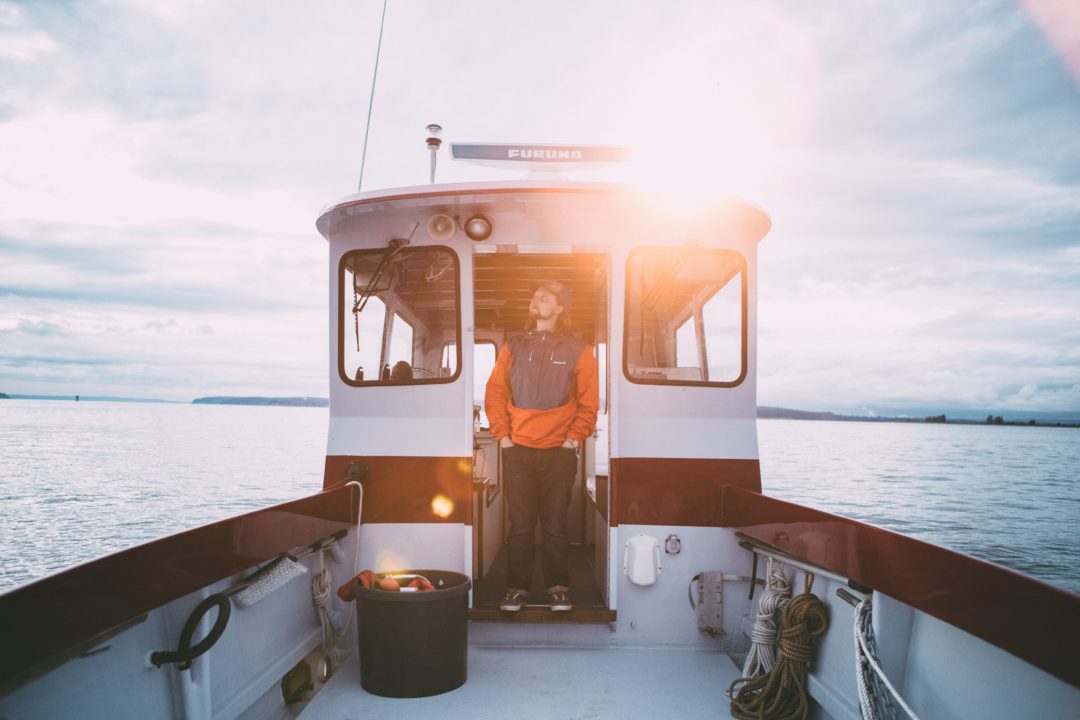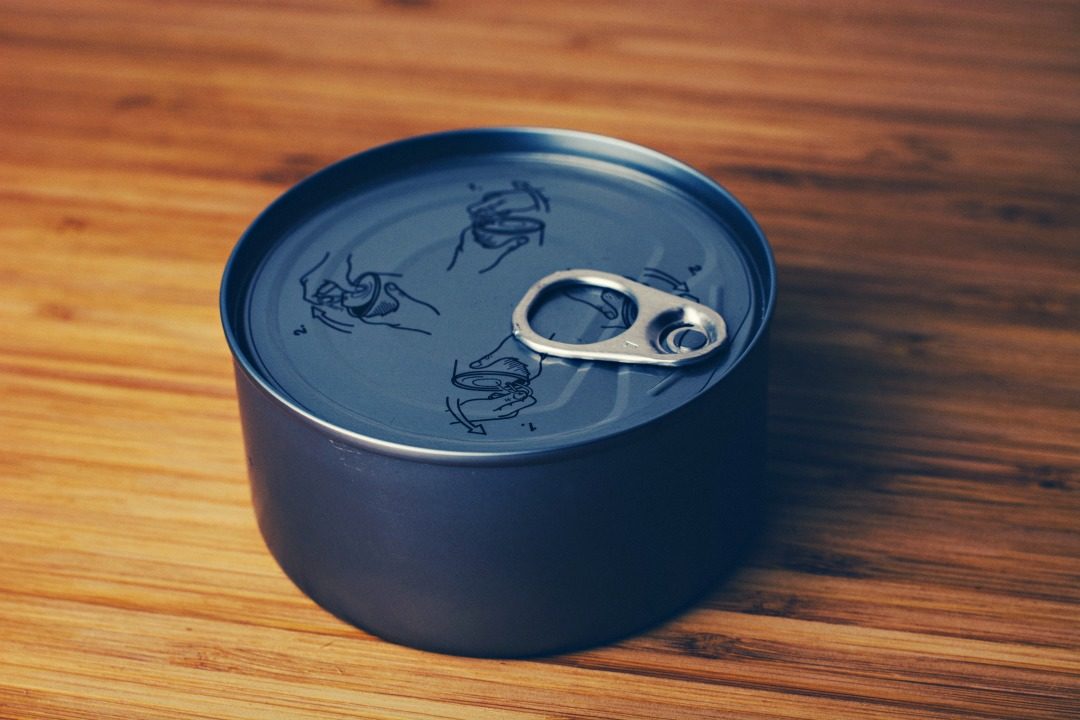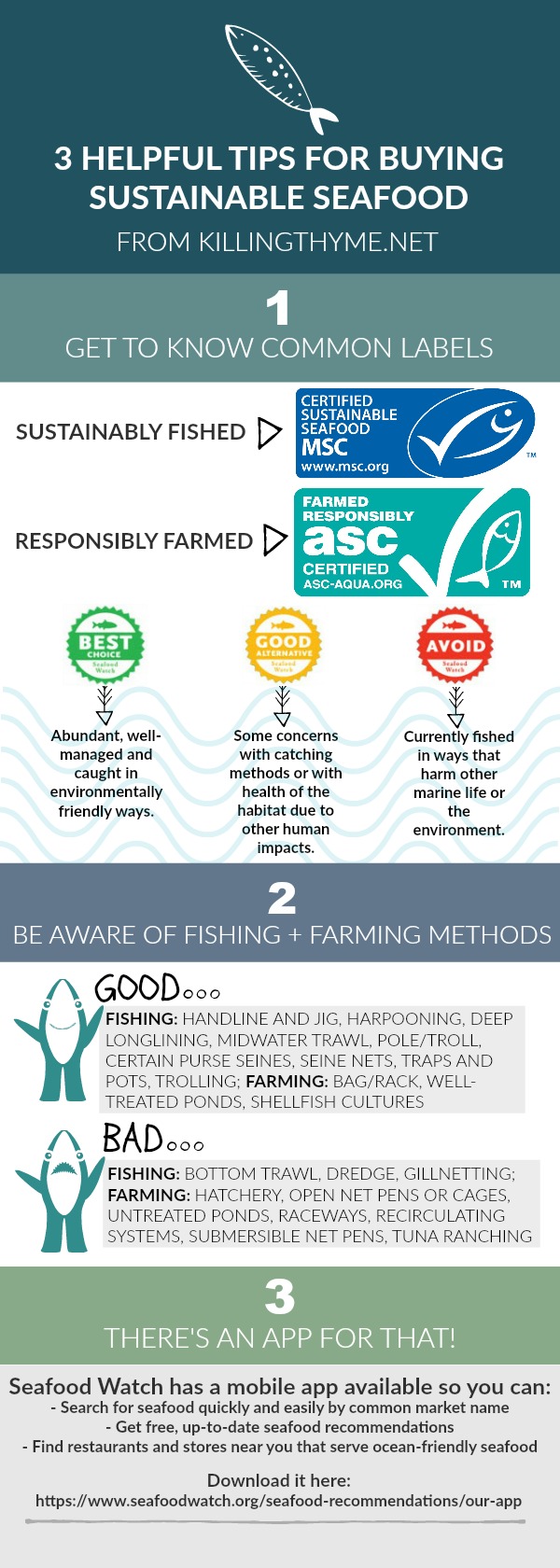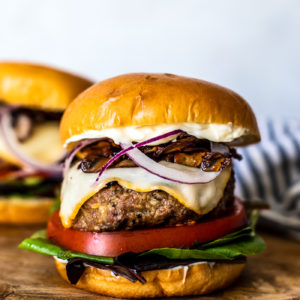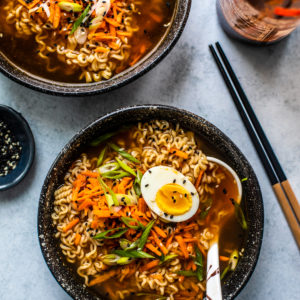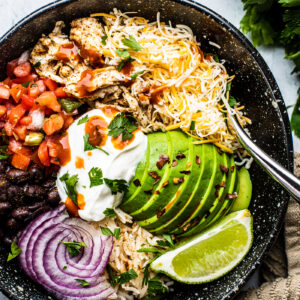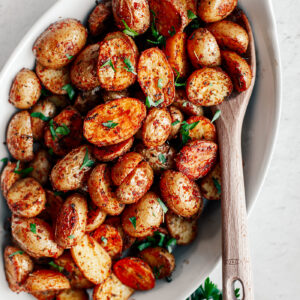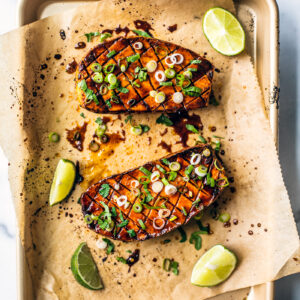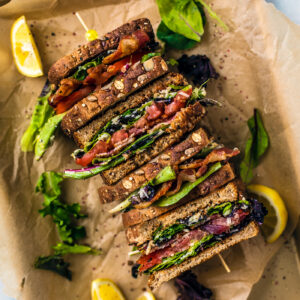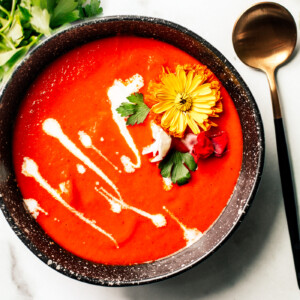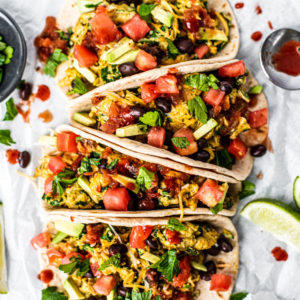Buying Sustainable Fish and Seafood
If you’re reading this, it’s probably because you’re interested in becoming a more responsible consumer by buying sustainable fish and seafood. Not knowing where to start is very common and, unfortunately, a huge deterrent for many. With various labels, certifications, and fishing methods to consider, a simple experience becomes overwhelming. But the awful effects of bycatch, population issues, and pirate fishing in the fishing industry play a huge part in the state of our climate change. It’s critical to take a stance against destructive fishing practices. You can take part in this by shopping smart.
Get online and do some research.
- Load up a state-specific consumer guide. This consumer guide will help you at the fish counter so you can avoid all that head-scratching.
- Use Seafood Watch. You can search Seafood Watch for the brands, retailers, and restaurants you support to see if they’re a partner. On this list, you’ll find businesses like Whole Foods, Blue Apron, and Pike Place Fish Co. (If you can’t find something on this list, don’t fret. Just because someone isn’t a partner with Seafood Watch doesn’t necessarily mean they aren’t a sustainable option. Ask questions.)
- If you’re in Canada, use SeaChoice. With SeaChoice you can search for sustainable seafood and responsible partners.
- Know fishing and farming methods. Some markets label their fish with catch location and method. This let’s you make a good choice on your own and helps you avoid supporting the methods that hurt marine life. Here are fishing and farming methods.
Buying fresh fish — frozen or at the counter.
- Check for labels next to fish. Some markets, like Whole Foods, are transparent and have it all in plain sight. Some fish are labelled as certified by the Marine Stewardship Council (MSC) while others are labelled with ratings of green (best choice) or yellow (good alternative). Though red (avoid) is an existing label, I’ve never seen a grocer who prides themselves on sustainability carry this variation. Sometimes you’ll see a label that discloses where the fish was caught and the method that was used. This is when familiarity with fishing and farming methods is useful.
- Download the free Seafood Watch App. You can literally have information right at your fingertips. By downloading this app you’ll get up-to-date seafood recommendations. You can also search for seafood quickly and easily by common market names, and find nearby restaurants and stores that offer ocean-friendly seafood.
- Ask your fishmonger. If the fish isn’t labelled, ask the fishmonger where the fish is from and how it was caught. If they can’t answer your questions, it could be one of two things: the individual is new, or the market isn’t overly concerned about sustainability nor educating their employees and customers on sustainability. Is this a red flag? Maybe. Use your best judgement.
Canned fish.
- Know your canned tuna. Though there are sustainable varieties out there, most brands support destructive fishing practices. Greenpeace USA has a handy Tuna Shopping Guide that can help you acquire sustainable canned tuna.
- Opt for sardines and mackerel. Sardines and mackerel are inexpensive, sustainable, healthy, versatile, and delicious. You also don’t have to worry about mercury content with these two options, and they’re often canned in infused oils or sauces to make things extra tasty; consider swapping your tuna for this good stuff!
- Read canned salmon labels. Alaskan pink salmon, sockeye, or red salmon is what you’re looking for. The Alaskan salmon fishery is one of the most well-managed, safe, and sustainable fisheries in the world.
- Avoid crabs from Asian fisheries. One of the healthiest crab fisheries lies in North America, notably the West coast. Look for trap-caught Dungeness crab from Canada, Washington, California, and Oregon. The crab and fishing industries in Asia are hardly regulated. They use trawl methods and gillnets which lead to devastating bycatch. Avoid anything that is labelled as “swimmer crab”, “swimming crab”, “blue swimmer crab”, “jumbo lump crab”, or “backfin lump crab”.
- Canned shrimp is a major offender. Look for shrimp harvested in the US form the West Coast or Alaska. Most shrimp that are labelled as “tiny pink shrimp” or “salad shrimp” are products from the US and are considered okay. Read the fine print and if the country of origin isn’t disclosed, avoid it.
- Anchovies, clams, and oysters are a GO. Let’s end the canned seafood segment on a high note with the fact that anchovies and bivalves like clams and oysters are a-okay. They have much less impact on the environment due to their high rates of productivity and low rank on the marine food chain. So get your crackers out and pull the lid back on those smoked oysters!
Resources
Stock photo credit: garrett parker on Unsplash | Tookapic on Pexels


